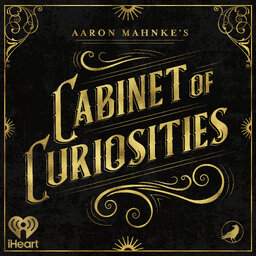Star Struck
Sometimes you win, sometimes you don't. Either way, the important thing is to leave your mark on the world. Thankfully, both individuals on display today managed to do just that.
Learn more about your ad-choices at https://www.iheartpodcastnetwork.com
 Aaron Mahnke's Cabinet of Curiosities
Aaron Mahnke's Cabinet of Curiosities


